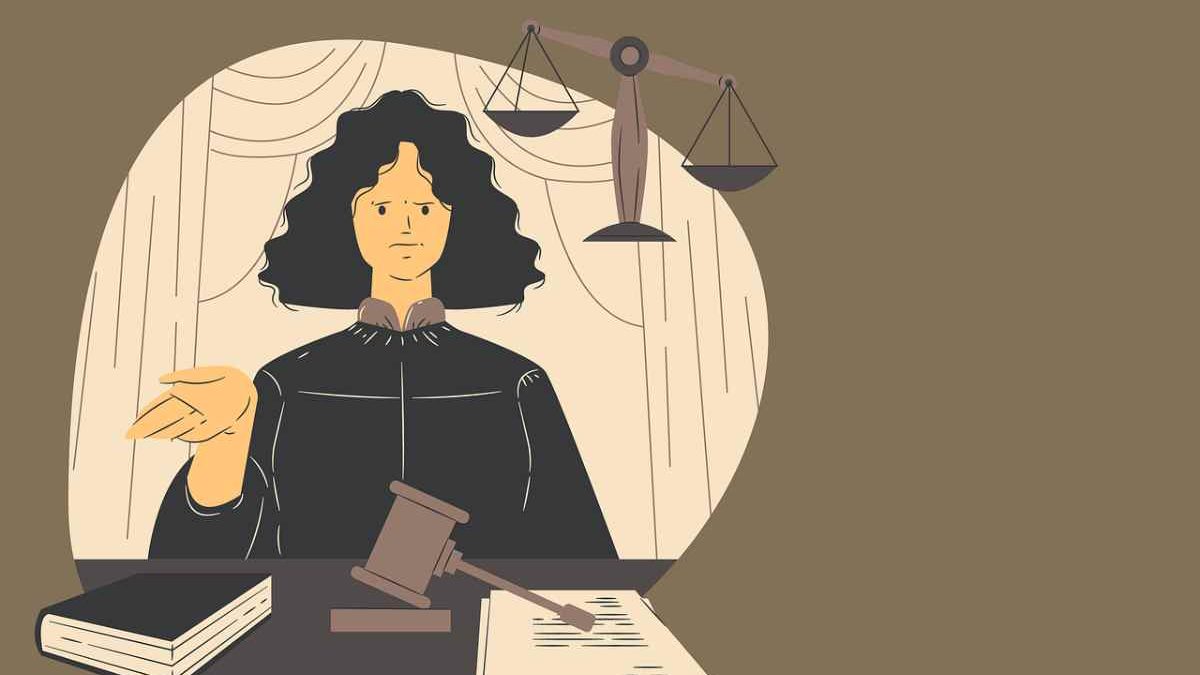The Role And Impact Of Legal Animation In The Courtroom
Legal animation has emerged as a powerful innovation in the courtroom to simplify and explain complicated case information. Legal animations turn complex legal situations into interactive stories that help juries and judges better understand the evidence.
This technology is valuable in clarifying complex technical information and conveying important ideas. This article discusses the history of legal animation, its advantages, and current uses in modern legal practice.
Table of Contents
Benefits of Legal Animation
Enhances Understanding
A key advantage of legal animation is its explanatory nature. From car crash mechanics to disease development, animations simplify and convey complex information to people without professional expertise. This is because jurors need to picture the evidence presented to them.
Increases Engagement
Legal animations help capture the courtroom’s attention and make the presentation of evidence more interesting. Some old techniques, like lengthy expert testimonies, may cause boredom or even confusion. On the other hand, animations allow for a more interesting and interactive presentation of information that keeps the jury attentive to what is essential in the case.
Creates Emotional Impact
Images are better at creating emotions than simple texts. Legal animations could help reveal traumatic incidents that juries may identify with, adding emotional attraction to the case. This can be especially helpful in personal injury cases, where showing the extent of an injury through animation will help jurors empathize with the victim more.
Applications of Legal Animation
The most common application of legal animation is in accident reconstruction. Animations can re-enact the events that led up to and after an accident, such as vehicle speed, angle of collision, and movement of the involved individuals. This enables the jurors to have a clear and concise picture of the accident, which assists in the assessment of responsibility and liability.
When providing evidence in medical malpractice cases, it may be difficult to describe a surgical intervention or disease development. Legal animations have the potential to illustrate these processes in great detail, demonstrating precisely what happened and how it deviated from the norm. This can be useful in establishing negligence or mistakes.
Challenges and Considerations
Accuracy is critical to the success of legal animation. Animations can only be relied on if they are fact-based and supported by an expert witness. Differences between the animation and actual events can mar the evidential value of the animation.
Even though legal animations are slowly gaining popularity, their acceptance depends on the jurisdiction and the presiding judge. It is crucial to consider the admissibility of the animation and the court’s standards for evidence.
Producing high-quality legal animations can also be costly in terms of hiring expertise and resources. However, the investment is rational because it increases the chances of achieving a better result.
Summary
Legal animation is used to increase the effectiveness of evidence in a court of law. Animations also contribute to jurors’ and judges’ decision-making processes by infusing complex information with interesting visual stories. In the future, the field of legal animation is expected to grow and provide even more exciting opportunities for presenting and interpreting evidence with the help of modern technologies.

